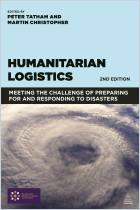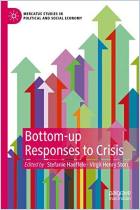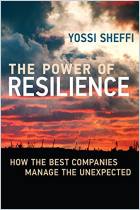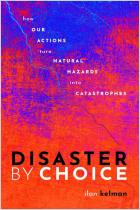
Read or listen offline
Amazon KindleRecommendation
Japan seems a disciplined, precise and sophisticated nation, prepared for any natural emergency. But the earthquake and tsunami of 2011 – which claimed 20,000 lives and destroyed 130,000 homes and a nuclear plant – proved a disaster whose scope defied diligent preparedness. The World Bank provides a thorough analysis of what went right and wrong during and after the disaster. The report offers many intriguing details and anecdotes, including women’s concerns about lack of privacy in evacuation shelters and the tale of an intrepid group of schoolchildren who escaped to safety. The writing can be stiff, and a few observations are a bit too obvious – such as the suggestion that a community should rebuild its most critical infrastructure first. But the overall picture is specific, staggering and useful for risk managers everywhere. getAbstract recommends this thorough overview to managers in both the public and private sectors charged with responding to disasters, and to anyone who might want to prepare.
Summary
About the Authors
Federica Ranghieri is senior urban specialist at The World Bank, where Mikio Ishiwatari is senior disaster risk management specialist. Experts from The World Bank and Japanese universities wrote individual chapters.






















Comment on this summary